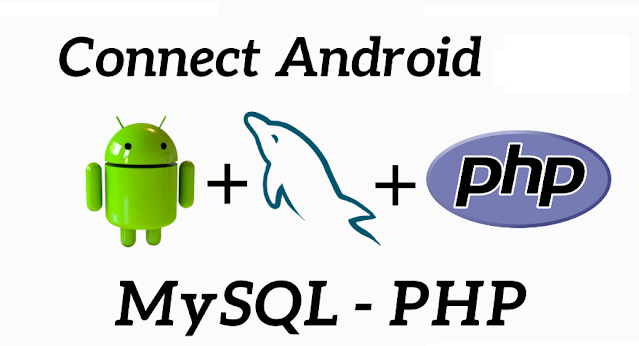Follow Us
Introduction In the fantastical world of Final Fantasy 16 (FF16), the ability to transform characters often holds the key to unlocking new powers and abilities. One such intriguing character is Torgal, whose transformation process is shrouded in mystery. In this guide, we will delve into the steps required to bring about Torgal's transformation and the remarkable benefits it bestows upon players. Unveiling the Transformation of Torgal in FF16: A Comprehensive Guide Understanding Torgal's Character Before embarking on the transformation process, it's essential to grasp the essence of Torgal as a character. Known for his enigmatic demeanor and formidable combat skills, Torgal is a pivotal figure in the FF16 universe. Mastering his transformation can drastically enhance gameplay and lead to exhilarating encounters. Step 1: Acquiring the Transformation Catalyst To initiate Torgal's transformation, players must first obtain the elusive Transformation Catalyst. This rare item
How To Make Banking application project in java?
Make banking application project in java Sure, I can provide you with a general outline of how to approach building a banking application project in Java. Keep in mind that this is a high-level overview, and the actual implementation may vary based on your specific requirements and design choices. Define the requirements: The first step in any software project is to define the requirements. This involves understanding the needs of your users and stakeholders and documenting them in a requirements specification document. Some common features of a banking application might include account creation and management, deposits and withdrawals, transfers between accounts, and transaction history. Design the database: Once you have a clear understanding of the requirements, you can start designing the database schema for your application. You'll need to decide what tables you need to store user data, account information, transaction details, etc. Build the backend: With the database design
Is Android 14 already available in LG velvet?
Optimizing the LG Velvet for Android Updates: A Complete Guide In the ever-evolving landscape of mobile technology, keeping up to date with the latest software is crucial for a smooth user experience. For LG Velvet users, the promise of receiving the Android update brings expectation and excitement. In this comprehensive guide, we will go deeper into the importance of Android updates, the benefits they bring, and how to optimize your LG Velvet to get the most out of this upcoming update. Is Android 14 already available in LG velvet? Enhanced security measures Keeping your device safe is crucial in today’s digital age. Android updates often include crucial security patches that protect your device from evolving threats. We will explore how these updates strengthen your LG Velvet against potential vulnerabilities, ensuring a secure and secure user experience. Improved performance and stability The smooth and efficient performance is a feature of a device that works well. Android updates
.png)

.png)
